While my mom was here in DC helping us with our new baby, my dad was left to fend for himself at home. When it comes to eating, though, no one need feel too sorry for him. My mom even offered to cook and freeze him a bunch of meals for the time she’d be away, but he actually shuddered at the thought and pleaded with her not to. You see, my dad hates eating “leftovers” (yes, technically, meals made just for him and then frozen are not really leftovers, but, well, to my dad, anything less than freshly cooked and still steaming hot from the stove is considered a leftover). He also likes to make things on a whim according to whatever strikes his mood at the time, so having a freezer full of food he didn’t make himself is just not his style. Plus — and this is where it gets a bit contentious — he secretly (or not so secretly) thinks that my mom takes shortcuts in her cooking, which means her food is just not up to his standards.
So while my mom was here cooking up bun rieu and bo kho for us, what was my dad making for himself at home? Fried eggs? Easy stir-fries or one-pot meals? No, I tell you, the man was wrapping his own dumplings and wontons. We called him one evening, and he told us he was making these stuffed vegetables I’m about to share with you. There are no boring meals when eating with my dad.
These stuffed vegetables are something my family made often while I was growing up, and I was glad to find them at the markets when I visited Vietnam, Malaysia, and Singapore. Yong tau foo (which means “stuffed tofu”) is traditionally a Hakka dish and originally involved stuffing tofu with ground pork. These days, you’re more likely to see the dish as tofu and vegetables stuffed with fish paste, and it is really popular in Malaysia and Singapore. In our home, we actually called it yeung yeh, which means “stuffed stuff.” :)
Yong Tau Foo (Stuffed Tofu and Vegetables)
Serves 2 as a main dish accompanied with rice, or 4 as part of a larger meal.
You can stuff practically any kind of vegetable you’re able create an opening in. My family’s favorites include eggplant, chili peppers, bitter melon, tomatoes, and long beans that my mom weaves into small wreaths. In Malaysia, I found that tofu puffs and okra (called lady fingers) are also very popular.
Although it is possible to make your own fish paste, after helping my mom make it once, I have to admit it can easily double or triple the time it already takes to make this dish. And it is tricky to get the paste to come out to a smooth consistency. So most of the time, we just get store-bought fish paste and add some extra seasonings and oil to make it smoother and less dense. My mom also adds an egg for richer flavor, and recently she has taken to beating the egg white separately until foamy, before adding it to the fish paste for an even smoother and lighter texture.
Traditionally these stuffed tofu and veggies are served in a broth, but nowadays you’ll see it with sauce more often than not, either on the side or cooked with the vegetables.Â
Vegetables (suggestions):
1/2 red bell pepper, deseeded and cut into four square pieces
4 long banana peppers, sliced in half, with the seeds and ribs taken out
1 tomato, cut in half and deseeded
1 long Chinese eggplant, cut diagonally into 1-inch pieces and then butterflied (sliced lengthwise almost all the way to the other edge); you can also optionally peel off strips of the skin so you don’t taste as much of the chewy skin, as well as for a pretty striped look
corn starch for dusting
Fish Paste:
1 12-oz container fish paste
1/4 tsp ground pepper (white pepper is preferable for appearance, but otherwise black is fine)
1/2 tsp chicken bouillon powder
2 Tbsp vegetable oil
1 tsp sesame oil
1 egg, separated
vegetable oil for pan-frying
Sauce:
1 Tbsp vegetable oil
2 cloves garlic, chopped
1 Tbsp fermented black bean paste
1 Tbsp oyster sauce
1 tsp sugar
3/4 cup chicken stock
1 tsp cornstarch
2 Tbsp water
1. Prepare the vegetables (and tofu if you’re using) by washing, cutting, and making any necessary holes or incisions. If you use long beans, you can create a wreath by tying a loose knot on one end and then winding the long leftover end around the loop until you run out of space; you can then stuff the wreath by filling the hole with fish paste.
2. Dust the vegetables with a bit of cornstarch where you plan to stuff them. This will help the fish paste adhere better and not come apart while cooking.
3. Prepare the fish paste by mixing it in a bowl with the ground pepper, chicken bouillon powder, vegetable oil, sesame oil, and egg yolk. Mix in one direction for best results. The paste will separate when the oils are added, but keep mixing to distribute the oil, and the paste will come back together. For a lighter mixture, beat the egg white in a separate bowl until frothy, then mix it in together with the fish paste mixture. (If you don’t have time, this step can be skipped, and the whole egg simply mixed into the fish paste at once.)
4. Stuff the vegetables with the fish paste mixture.
5. Heat a frying pan on medium-high heat. Add 1-2 Tbsp of vegetable oil. When the oil is hot, pan-fry the stuffed vegetables in the pan in batches. Avoid overcrowding. Let the stuffed vegetables brown for about 3 minutes on one side, then cover the pan and let them finish cooking. Depending on the vegetables, this may take another 3-5 more minutes. Lift the cover and turn the vegetables over to the other side to finish cooking and browning. Repeat with each batch until all the stuffed vegetables are cooked. Set the vegetables aside.
6. In the same frying pan, heat 1 Tbsp of vegetable oil. Add the chopped garlic. Once the garlic turns golden, add the fermented black bean paste, oyster sauce, sugar, and chicken stock. Mix and let the sauce come to a simmer. In a small bowl, mix the cornstarch with cold water until dissolved. Stir the cornstarch mixture into the sauce in the pan. You can serve the stuffed vegetables in the sauce or serve the sauce on the side.





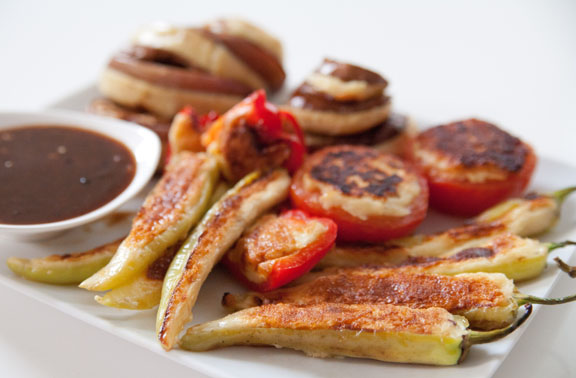


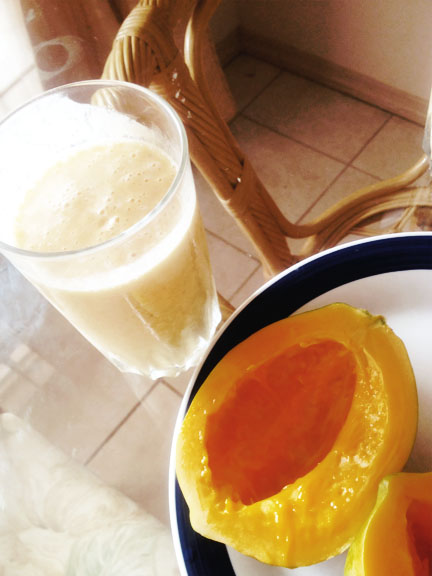


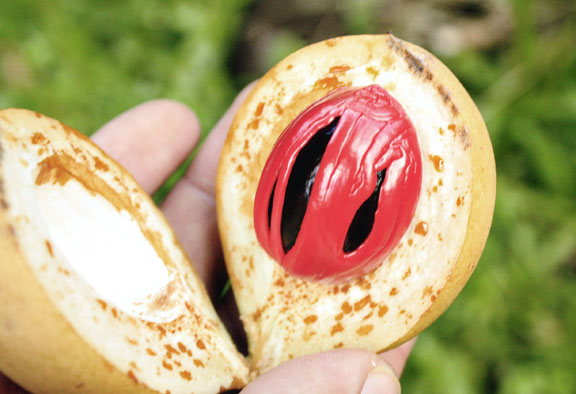


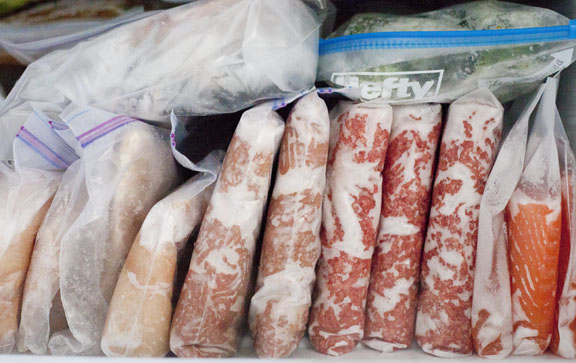
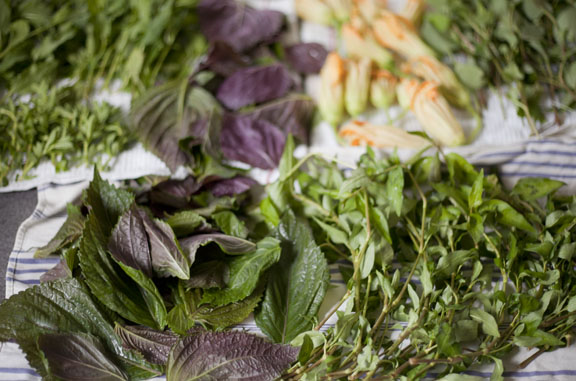










Connect with us